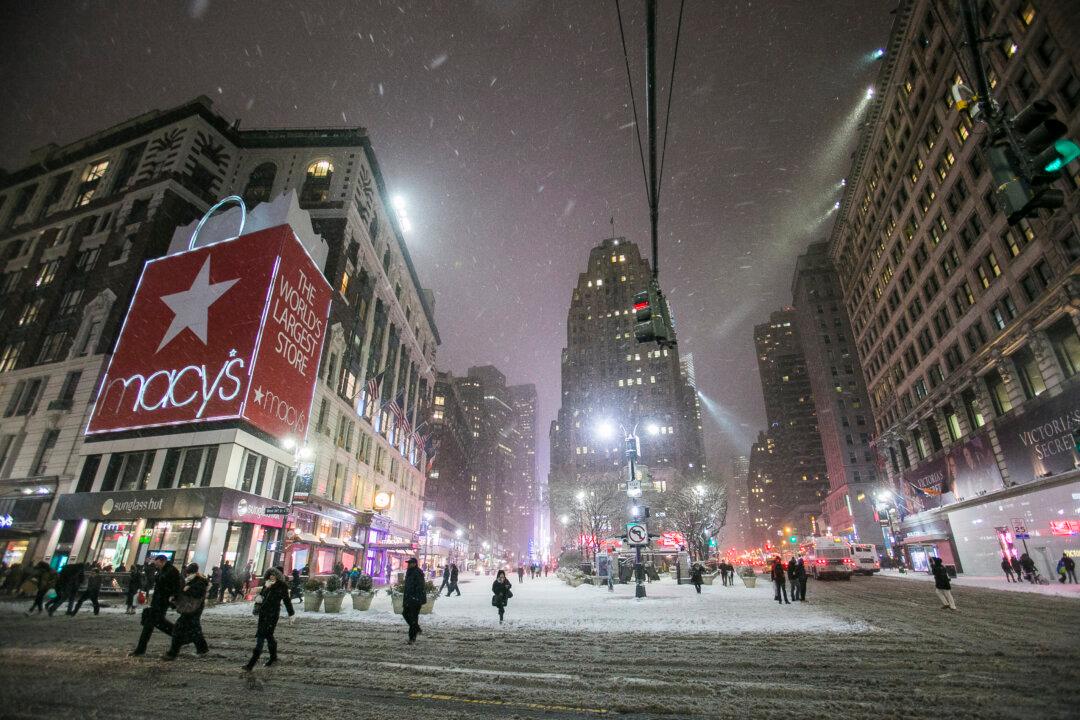Although New York City was spared the worst of Winter Storm Juno, Mayor Bill de Blasio expressed confidence that his decision to take extra precaution was the right thing to do.
“I’m not sure if in the history of the city, we’ve done that clearly enough,” de Blasio said. He told New Yorkers that for future storms, the city will be “very forceful in our messages,” including for any emergency evacuations.
“You can’t be Monday morning quarterback with the weather,” said the mayor, suggesting that you can’t assess the weather afterwards—and then criticize him for being overly cautious.
The vast majority of the city got about six to eight inches of snow, far less than the two feet of snowfall that many meteorologists projected.





